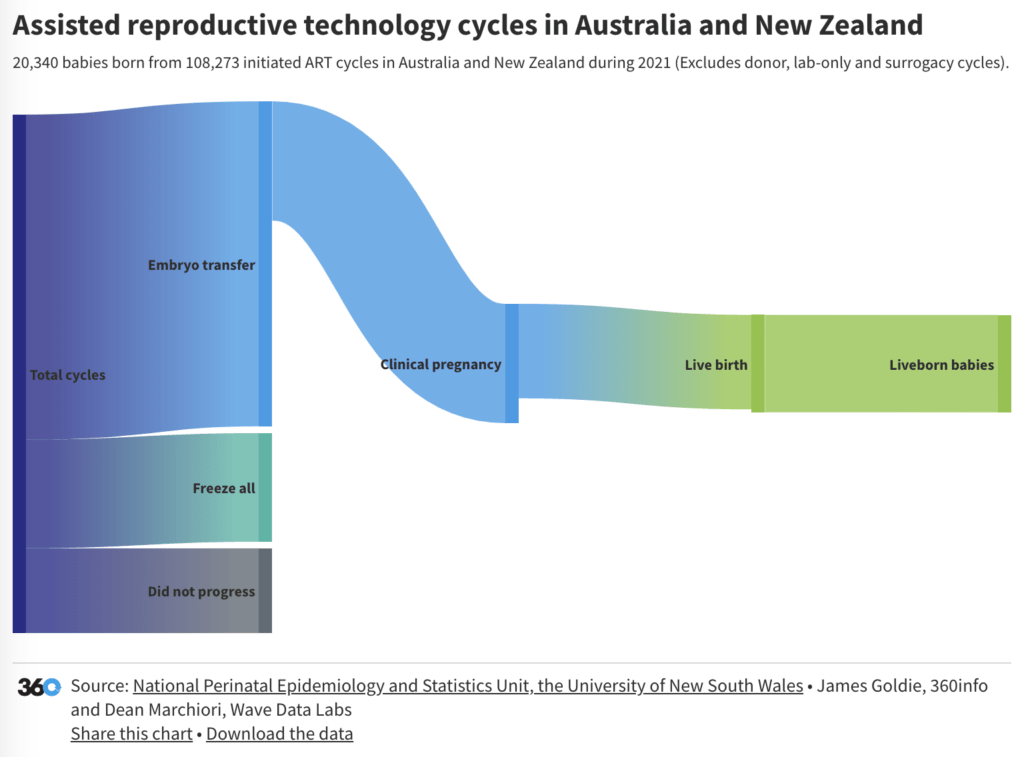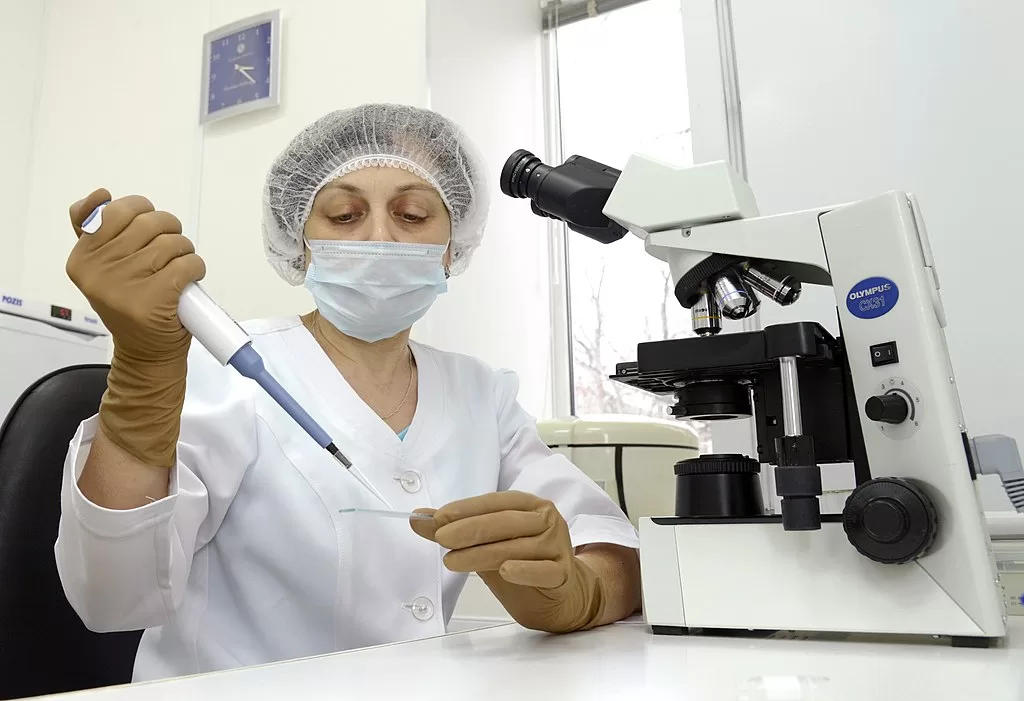See how global and Australian fertility rates have changed, what fertility cycles look like and access to Assisted Reproductive Technology clinics in Australia.
See how global and Australian fertility rates have changed, what fertility cycles look like and access to Assisted Reproductive Technology clinics in Australia.
Global fertility rates over time
People are having fewer children, and they’re having them later in life.
Data from the United Nations Population Division over the last 70 years show drastic changes in how many children women have and when they have them.
The figures show that most countries have undertaken a similar journey, though at different times: the average birth rate first falls (downward motion), and then the average childbearing age grows older (rightward motion).
Australian fertility over time
In Australia, major cities tend to have the lowest fertility rates, while remote area tend to have the highest.
Generally fertility rates have declined over the last decade, although remote parts of Victoria saw an increase in 2022.
Fertility Clinic Map
Assisted Reproductive Therapy (ART) is still challenging to access for many Australians.
Part of that is sheer distance: with less than 100 clinics nationally, over half a million Australians live more than 240km from one and would likely have to spend the night somewhere in order to visit.
Some clinics have additional locations for consulting and monitoring services, but these clinics represent those places where therapies can actually be administered.
Australian fertility cycles
Data from the Australia and New Zealand Assisted Reproduction Database shows that in 2021, more than 20,000 babies were born following over 100,000 initiated Assisted Reproductive Technology cycles.
The following chart shows the progression of cycles through clinical pregnancy to liveborn babies.
Some cycles that are frozen are used in later years, and some cycles that have been frozen in previous years contribute to the embryo transfers shown here.
Originally published under Creative Commons by 360info™.
Editors Note: In the story “The fertility industry” sent at: 02/11/2023 06:00.
This is a corrected repeat.














